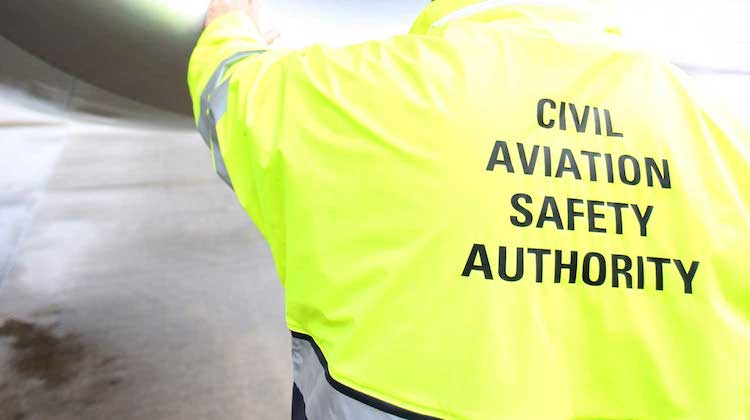Australia’s Civil Aviation Safety Authority (CASA) is relaxing some rules regarding the use of small remotely piloted aircraft (RPA).
The changes, first mooted in a CASA notice of proposed rule making (NPRM) for amendments to CASR Part 101 in May 2014, cover RPA used in commercial operations weighing less than two kilograms, as well as RPA used on private land weighing no more than 25 kilograms.
Under the new regulations, CASA said commercial operators of very small RPAs would no longer need to obtain a number of regulatory approvals, including an operator’s certificate and a remote pilot licence.
Instead, operators would need to notify CASA they intended to use very small RPAs for commercial flights (which can be done online) and would follow a number of mandatory conditions, such as flying only in daylight conditions, no more than 120 metres above the ground, more than 30 metres away from other people and more than five kilometres from an aerodrome.
“The move will cut regulatory costs for operators by thousands of dollars, save time and reduce paperwork,” CASA said in a statement.
Separately, CASA said private landholders would be able to perform a range of activities on their own land with RAVs without the need for CASA approval. This included RAV’s weighing up to 25 kilograms where no money was paid for flights, CASA said.
CASA director of aviation safety Mark Skidmore said the changes would help reduce “red tape” while maintaining safety standards.
“While safety must always come first, CASA’s aim is to lighten the regulatory requirements where we can,” Skidmore said in a statement.
“The amended regulations recognise the different safety risks posed by different types of remotely piloted aircraft.
In March’s CASA Briefing column, Skidmore noted the huge growth in the use of remotely piloted aircraft around the world. There were currently about 450 organisations with unmanned operator’s certificates in Australia, with the figure expected to grow to 600 in the second half of 2016.
“Remotely piloted aircraft systems are here now and we all know technology is developing at a rapid rate, which means the future of this sector of aviation is both exciting and challenging,” Skidmore said.
“It is estimated that by 2020 the unmanned sector will have grown by between 200 and 500 per cent.
“It is clear unmanned aircraft technology and capability is changing fast and aviation safety regulators are going to have to develop new safety standards and regulations to keep up.”
The changes come into effect on 29 September 2016.












